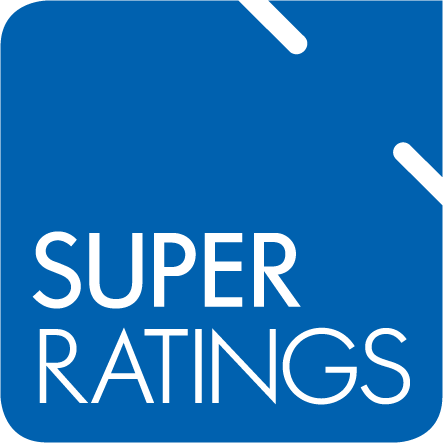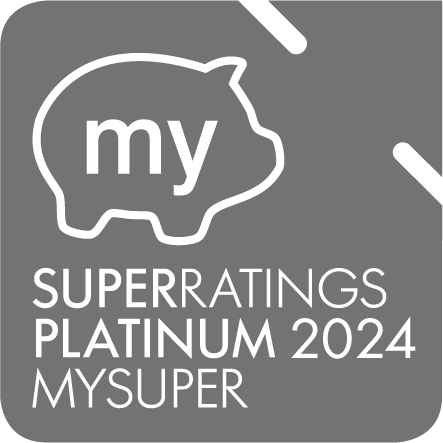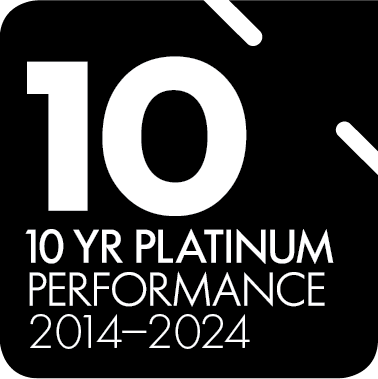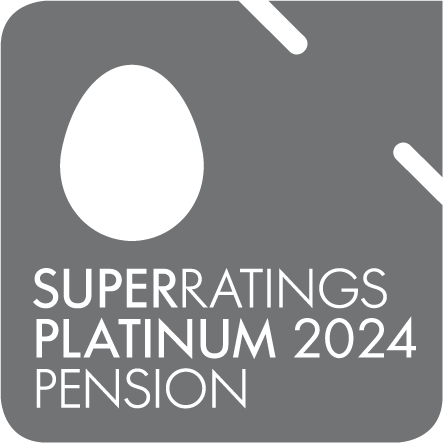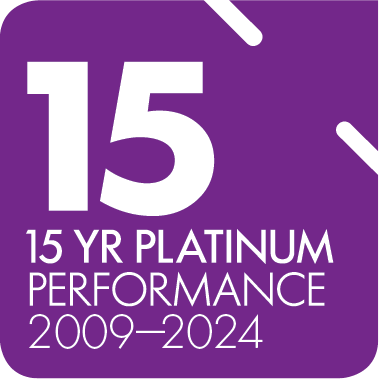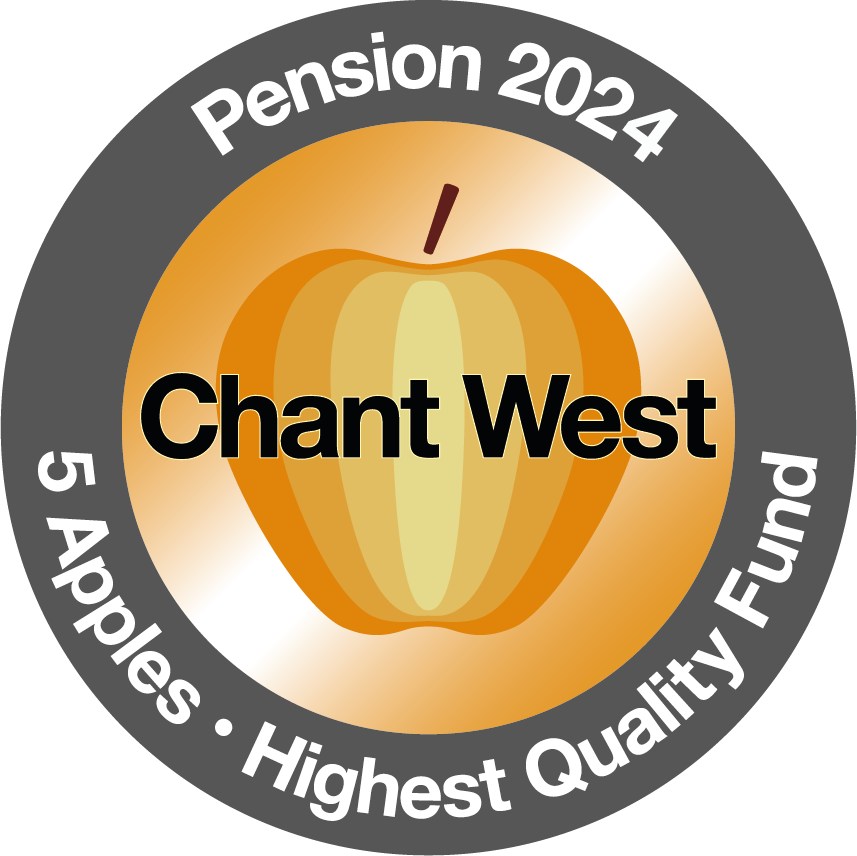Scan the ‘prestige property’ section of the weekend paper and it’s easy to assume that home ownership is out of reach for the average Australian. Page after page of million-dollar homes with immaculate lawns and tennis courts can produce both envy and dread in an aspiring homeowner.
But you have options.
Record low interest rates mean it’s never been cheaper to borrow money. So, let’s think outside the box and explore the different ways of getting on the property ladder.
How much can I borrow?
“How much can I borrow?” is the first question most aspiring homeowners asks. That makes sense, since it’s going to help you focus your search.
Many financial institutions offer online calculators that can provide you with a ballpark figure. But if you’re serious about a loan, then speaking directly with a bank or mortgage broker will give you a far more accurate measure of what they’re willing to lend you.
Start small
Your first home doesn’t have to be your dream home. You can upgrade later when you’ve built up equity in the property.
So, it pays to be flexible. That might mean buying in a suburb a little further out than you planned. Or purchasing a smaller property than you originally had in mind. It might mean buying a ‘fixer-upper’ on the right street. At this stage it’s all about getting a foothold in the market.
Buy with a 5% deposit
A 20% deposit used to be the norm for any property purchase. That’s no longer the case, and plenty of lenders accept a far smaller deposit. While that usually means paying lenders mortgage insurance, this operates on a sliding scale.
If you’re purchasing a new property off-the-plan you may also have more leeway. Some property developers allow you to purchase with as little as 10% or even 5% deposit down. You should always read the fine print and understand the terms and conditions for these arrangements, but they’re an option.
There are also government measures that can assist. The First Home Loan Deposit Scheme was introduced last year by the Federal Government. It guarantees 10,000 low-deposit loans a year for eligible low and middle-income earners who have saved at least 5% of a property’s value.
Take advantage of government grants and subsidies
Most people would have heard of the First Homeowner Grant (FHOG), which is a one-off payment designed to encourage and assist would-be first home buyers across the country. Various state government grants and concessions are also available to first homeowners.
There’s also the HomeBuilder Scheme, which was introduced in 2020 to help combat the COVID downturn. It’s currently offering eligible people $15,000 towards building a new home or undertaking large-scale renovations to an existing home.
Consider an investment property or rent-to-buy option
Making your first property a rental investment is another popular option. The rental income can make the loan repayments more manageable, and it widens your scope, allowing you to consider locations you might not have considered as an owner-occupier. Which also means you can continue to rent and live in an area you might not otherwise be able to afford.
There are also Rent-to-buy (RTB) schemes. These allow you to rent a property with the option to purchase it in the future at an agreed price, usually 3-5 years. In this scenario your rental payments include ‘option-to-buy’ fees.
Your super can assist
The First Home Super Saver Scheme (FHSSS) is designed to help first homeowners save for a deposit, and works in conjunction with your existing super fund. The program allows you to make voluntary (before tax) contributions into your super. You can withdraw these contributions at a later date (alongside any earnings) to help finance your home purchase. Because these contributions are taxed at 15%, rather than your marginal rate, you can potentially pay less tax and save more money.
A financial planner can also help
When it comes to home ownership there’s no one-size-fits-all approach. While your banking institution can help you understand your options, our financial planners can also assist, by placing your home loan in a broader context that also includes super and other investments. Initial appointments are available at no additional charge to members.

